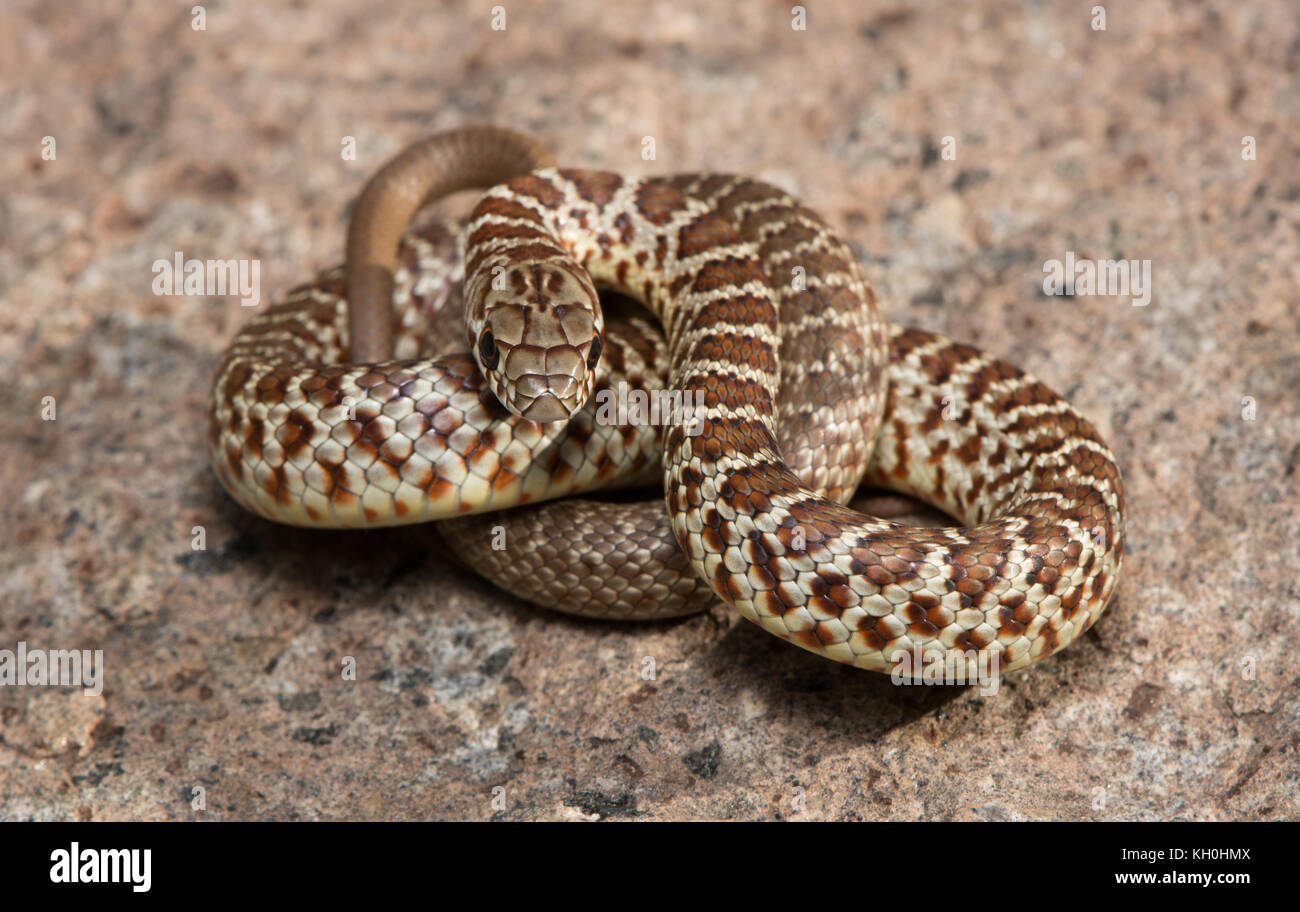

During this time, the snake becomes not only aggressive, but also territorial.In general, the mating season of blue racers lies between the months of April and May.However, it should be noted that although the blue racer’s bite may be extremely painful, it is a non-venomous snake and is not poisonous. Moreover, if it is disturbed to the level of annoyance, it may turn very hostile and even bite. When threatened, a blue racer will quickly crawl into nearby bushes or small trees to protect itself.


These include shrubby fencerows, hedgerows, stone walls, old farmlands, thickets, and open woodlands. A blue racer is generally found in sunny and dry habitats.However, once it starts maturing, this pattern begins to fade away, and disappears completely by the age of three. A juvenile blue racer varies in appearance from a fully grown adult in that, it bears a distinctive pattern of reddish-brown to gray spots on its gray body.The head is darker than the body, the eyes are also relatively larger in size, and the scales on its snout are brownish orange in color.Its ventral scales are creamy white to light blue in color.Its back has a shiny tinge to it, and solidly colored in bluish, greenish, or sometimes, grayish shades.In Ontario, it ranks among the province’s largest snakes. The blue racer is a large snake, ranging between four to six feet in length.


 0 kommentar(er)
0 kommentar(er)
